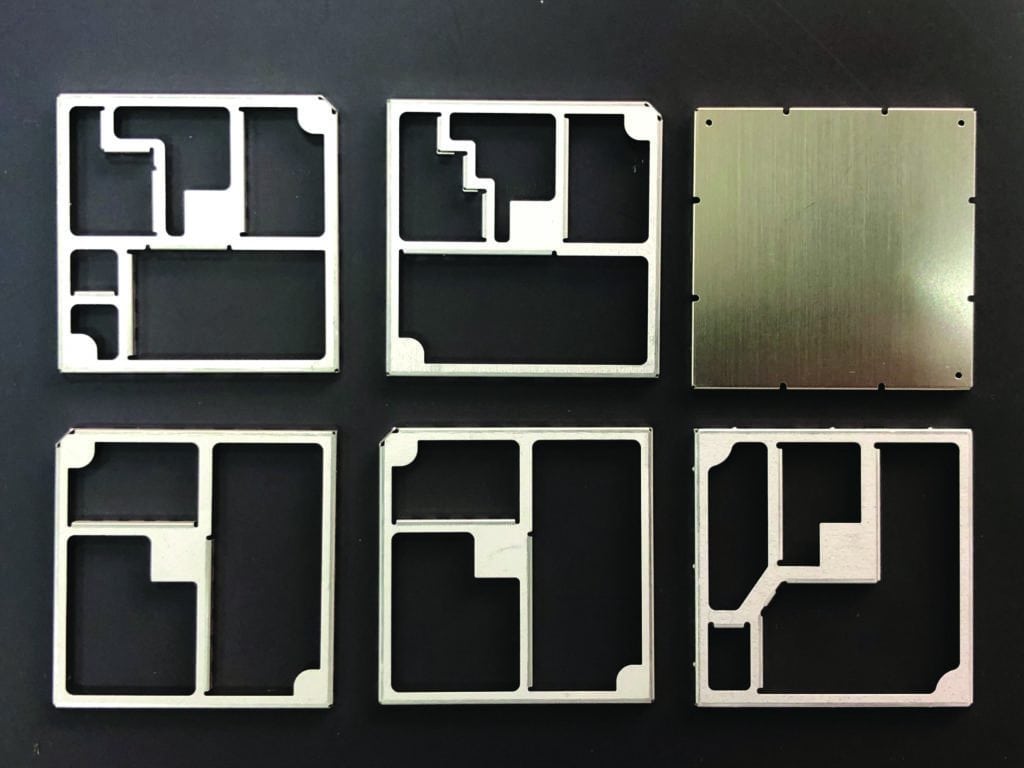At CEP Technologies, we are a global source for miniature to small thin gauged progressive metal stampings, providing electromagnetic interference (EMI) and radio frequency interference (RFI) shielding solutions, electrical and automotive parts components, press fit pins, and more. EMI shielding protects electronic devices and equipment from signal disruption caused by external electromagnetic signals. EMI shielding…
Why EMI/RFI Shielding Techniques Are Important for EV & Hybrid Vehicles

